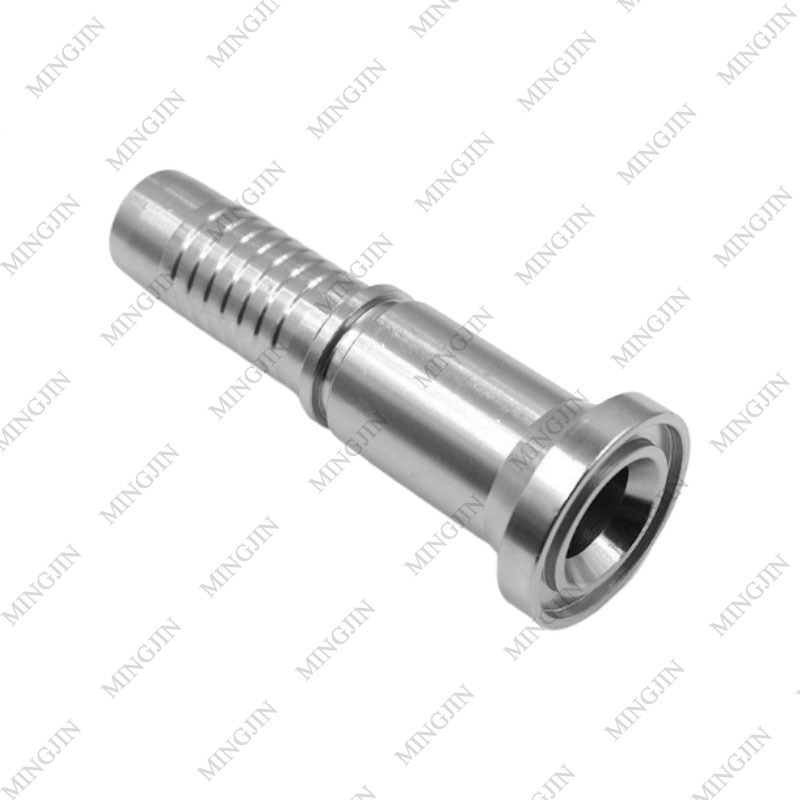Understanding High-Pressure Desander Hydrocyclones for Oil Rigs: Enhancing Efficiency and Performance
May 14,2025
High-pressure desander hydrocyclones play a crucial role in the oil rig operations by ensuring the efficient separation of solids from drilling fluids. These devices are specifically designed to handle high-pressure conditions prevalent in drilling environments, making them essential for maintaining the integrity of the drilling operations. By utilizing centrifugal force, hydrocyclones effectively

High-pressure desander hydrocyclones play a crucial role in the oil rig operations by ensuring the efficient separation of solids from drilling fluids. These devices are specifically designed to handle high-pressure conditions prevalent in drilling environments, making them essential for maintaining the integrity of the drilling operations. By utilizing centrifugal force, hydrocyclones effectively separate solid particles, allowing for cleaner drilling fluids and enhancing the overall efficiency of oil extraction.
The operational mechanism of a high-pressure desander hydrocyclone relies on the principle of centrifugal separation. When the drilling fluid enters the hydrocyclone, it is subjected to a rapid spinning motion, which creates a centrifugal force. This force pushes heavier solid particles towards the outer wall of the hydrocyclone, allowing the cleaner liquid to flow upwards and exit through the overflow outlet. The denser solids, on the other hand, are discharged from the bottom — a process that ensures that the drilling fluid is continuously circulated and remains effective for further drilling activities.
One of the primary benefits of employing high-pressure desander hydrocyclones is the significant reduction in the volume of solids present in drilling fluids. This not only improves the performance of the drilling operation but also minimizes the wear and tear on drilling equipment. By maintaining a cleaner drilling fluid, hydrocyclones contribute to more efficient drilling, leading to faster and safer operations. Additionally, they aid in reducing the environmental impact by allowing for the recycling of drilling fluids, thus lowering waste disposal.
When considering the implementation of high-pressure desander hydrocyclones in oil rig operations, several factors need to be taken into account. The specific design of the hydrocyclone, including its size and configuration, should match the anticipated flow rates and solid concentrations in the drilling fluid. Furthermore, the selection of materials for the hydrocyclone construction is critical, as they must withstand the abrasive nature of the solids being processed and the high-pressure conditions of the environment.
In summary, high-pressure desander hydrocyclones are indispensable tools in the oil and gas industry, particularly in drilling operations. Their ability to efficiently separate solids from drilling fluids not only enhances the overall performance of oil rigs but also promotes environmental sustainability by facilitating the recycling of resources. As the industry continues to evolve, understanding the benefits and operational principles of these hydrocyclones will be essential for optimizing drilling processes and ensuring successful oil extraction.
The operational mechanism of a high-pressure desander hydrocyclone relies on the principle of centrifugal separation. When the drilling fluid enters the hydrocyclone, it is subjected to a rapid spinning motion, which creates a centrifugal force. This force pushes heavier solid particles towards the outer wall of the hydrocyclone, allowing the cleaner liquid to flow upwards and exit through the overflow outlet. The denser solids, on the other hand, are discharged from the bottom — a process that ensures that the drilling fluid is continuously circulated and remains effective for further drilling activities.
One of the primary benefits of employing high-pressure desander hydrocyclones is the significant reduction in the volume of solids present in drilling fluids. This not only improves the performance of the drilling operation but also minimizes the wear and tear on drilling equipment. By maintaining a cleaner drilling fluid, hydrocyclones contribute to more efficient drilling, leading to faster and safer operations. Additionally, they aid in reducing the environmental impact by allowing for the recycling of drilling fluids, thus lowering waste disposal.
When considering the implementation of high-pressure desander hydrocyclones in oil rig operations, several factors need to be taken into account. The specific design of the hydrocyclone, including its size and configuration, should match the anticipated flow rates and solid concentrations in the drilling fluid. Furthermore, the selection of materials for the hydrocyclone construction is critical, as they must withstand the abrasive nature of the solids being processed and the high-pressure conditions of the environment.
In summary, high-pressure desander hydrocyclones are indispensable tools in the oil and gas industry, particularly in drilling operations. Their ability to efficiently separate solids from drilling fluids not only enhances the overall performance of oil rigs but also promotes environmental sustainability by facilitating the recycling of resources. As the industry continues to evolve, understanding the benefits and operational principles of these hydrocyclones will be essential for optimizing drilling processes and ensuring successful oil extraction.
Key words:


